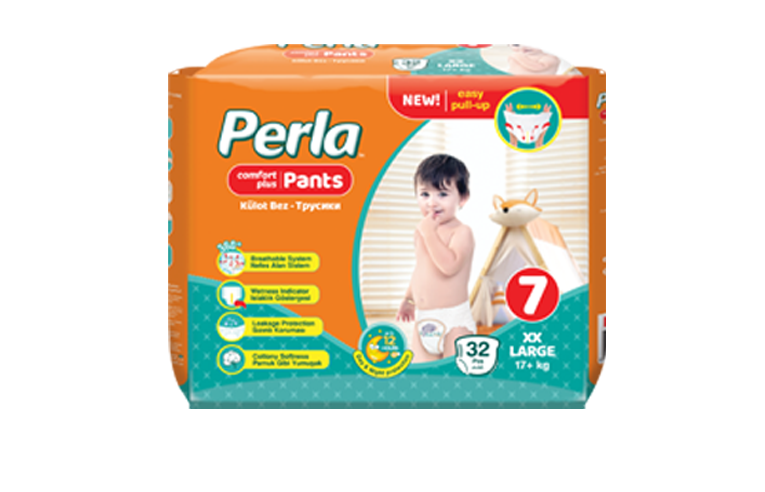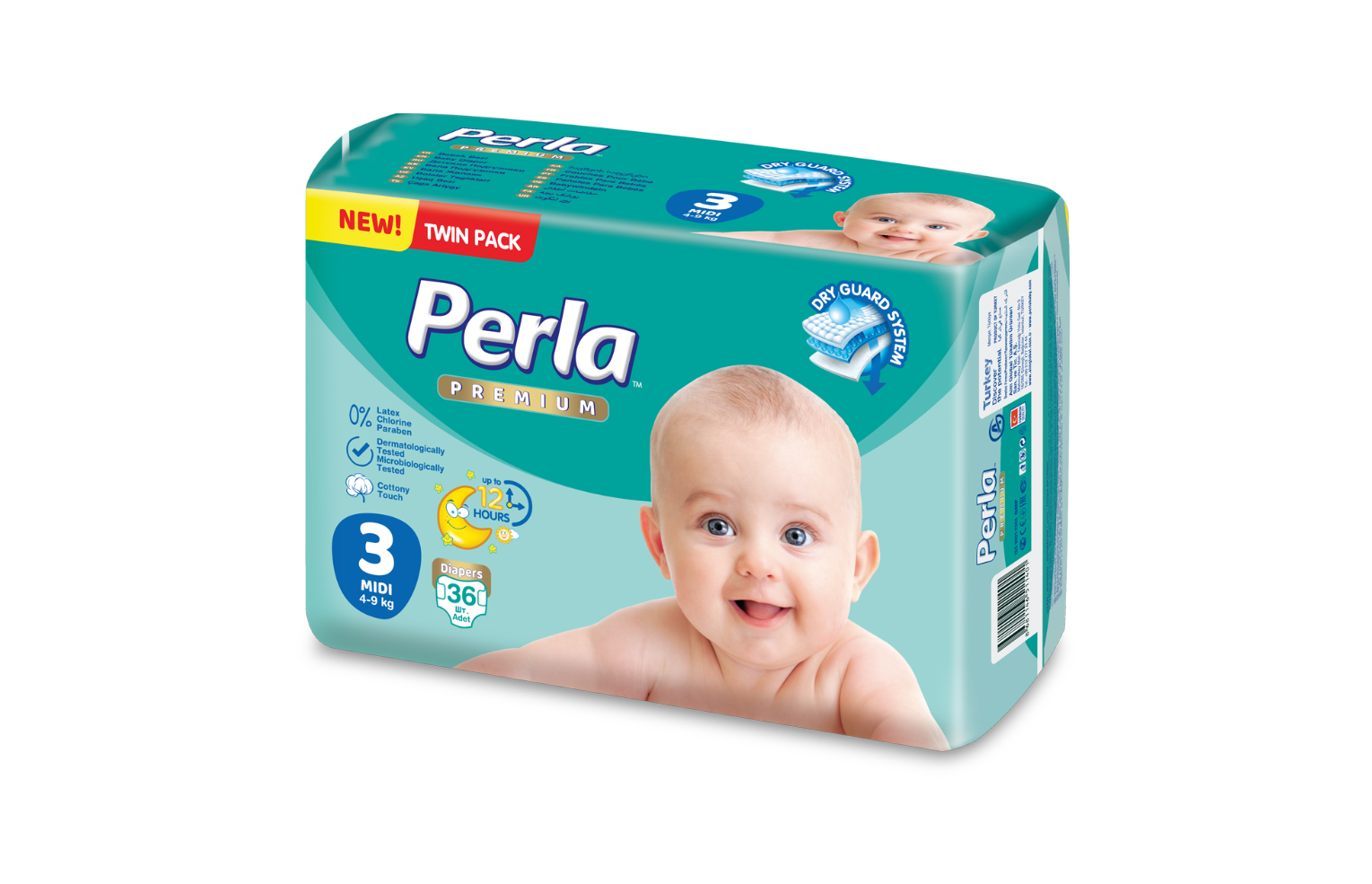

Feeding Your Baby
Use this guide to find out what and how much to feed your child in the first year. The amounts are general recommendations only, so don’t worry if your little one eats a bit more or less than suggested. It’s always a good idea to discuss your plan for starting solids with your child’s doctor before getting started.
Also, you don’t have to introduce foods to your child in any special order. If you want to give your baby a taste of tofu at age 6 months, go ahead, even though it’s not listed on our chart until age 8 months. And while cereal is a traditional first food in the United States, it’s fine to start with mashed fruits or vegetables instead.
In most cases, you don’t even have to wait to introduce highly allergenic foods like eggs, fish, and peanuts. (Read more about food allergies and ask your doctor to be sure.)
Also, see our new rules for feeding your baby, get ideas for adventurous first foods, and learn about baby-led weaning, an alternative feeding approach.
Age: Birth to 4 months
Feeding behavior
Rooting reflex helps your baby turn toward a nipple to find nourishment.
What to feed
Breast milk or formula ONLY
How much per day
How to tell if your baby’s getting enough breast milk
How to tell how much formula your baby needs
Feeding tip
Your baby’s digestive tract is still developing, so solid food is off-limits for now.
Age: 4 to 6 months
Signs of readiness for solid food
The following are some guidelines from the American Academy of Pediatrics. Your child is likely ready to try solids when he:
Can hold head up and sit upright in highchair
Shows significant weight gain (doubled birth weight) and weighs at least 13 pounds
Can close mouth around a spoon
Can move food from front to back of mouth
What to feed
Breast milk or formula, PLUS
Pureed vegetables (sweet potatoes, squash)
Pureed fruit (apples, bananas, peaches)
Pureed meat (chicken, pork, beef)
Semi-liquid, iron-fortified cereal
Small amounts of unsweetened yogurt (no cow’s milk until age 1)
How much per day
Begin with about 1 teaspoon pureed food or cereal. Mix cereal with 4 to 5 teaspoons breast milk or formula. (It will be very runny.)
Increase to 1 tablespoon of pureed food, or 1 tablespoon of cereal mixed with breast milk or formula, twice a day. If you’re giving cereal, gradually thicken the consistency by using less liquid.
How to introduce new foods to your baby
0:51 min
Find tips on how to introduce solids safely and effectively, from recommended first foods to sticking to a schedule.
Feeding tips
If your baby won’t eat what you offer the first time, try again in a few days.
Introduce new foods one at a time. Wait two or three days, if possible, before offering another new food. (Wait three days if your baby or family has a history of allergies.) It’s also a good idea to write down the foods your baby samples. If he has an adverse reaction, a food log will make it easier to pinpoint the cause.
The order in which you introduce new foods doesn’t usually matter. Your child’s doctor can advise you.
Get more detailed tips on how to introduce solids.
Print our step-by-step guide to feeding your baby.
Age: 6 to 8 months
Signs of readiness for solid food
Same as 4 to 6 months
What to feed
Breast milk or formula, PLUS
Pureed or strained fruits (banana, pears, applesauce, peaches, avocado)
Pureed or strained vegetables (well-cooked carrots, squash, sweet potato)
Pureed meat (chicken, pork, beef)
Pureed tofu
Small amounts of unsweetened yogurt (no cow’s milk until age 1)
Pureed legumes (black beans, chickpeas, edamame, fava beans, black-eyed peas, lentils, kidney beans)
Iron-fortified cereal (oats, barley)
How much per day
1 teaspoon fruit, gradually increased to 2 or 3 tablespoons in four feedings
1 teaspoon vegetables, gradually increased to 2 or 3 tablespoons in four feedings
3 to 9 tablespoons cereal in 2 or 3 feedings
Feeding tips
Introduce new foods one at a time. Wait two or three days, if possible, before offering another new food. (Wait three days if your baby or family has a history of allergies.) It’s also a good idea to write down the foods your baby samples. If she has an adverse reaction, a food log will make it easier to pinpoint the cause.
The order in which you introduce new foods doesn’t usually matter. Your child’s doctor can advise you.
Get more detailed tips on how to introduce solids.
Age: 8 to 10 months
Signs of readiness for solid and finger foods
Same as 6 to 8 months, PLUS
Picks up objects with thumb and forefinger (pincer grasp)
Can transfer items from one hand to the other
Puts everything in his mouth
Moves jaw in a chewing motion
What to feed
Breast milk or formula, PLUS
Small amounts of soft pasteurized cheese, cottage cheese, and unsweetened yogurt
Mashed vegetables (cooked carrots, squash, potatoes, sweet potatoes)
Mashed fruits (bananas, peaches, pears, avocados)
Finger foods (O-shaped cereal, small bits of scrambled eggs, well-cooked pieces of potato, well-cooked spiral pasta, teething crackers, small pieces of bagel)
Protein (small bits of meat, poultry, boneless fish, tofu, and well-cooked beans, like lentils, split peas, pintos, or black beans)
Iron-fortified cereal (barley, wheat, oats, mixed cereals)
How much per day
1/4 to 1/3 cup dairy (or 1/2 ounce cheese)
1/4 to 1/2 cup iron-fortified cereal
3/4 to 1 cup fruit
3/4 to 1 cup vegetables
3 to 4 tablespoons protein-rich food
Feeding tip
Introduce new foods one at a time. Wait two or three days, if possible, before offering another new food. (Wait three days if your baby or family has a history of allergies.) It’s also a good idea to write down the foods your baby samples. If he has an adverse reaction, a food log will make it easier to pinpoint the cause.
Age: 10 to 12 months
Signs of readiness for other solid foods
Same as 8 to 10 months, PLUS
Swallows food more easily
Has more teeth
No longer pushes food out of mouth with tongue
Tries to use a spoon
What to feed
Breast milk or formula PLUS
Soft pasteurized cheese, yogurt, cottage cheese (no cow’s milk until age 1)
Fruit mashed or cut into cubes or strips
Bite-size, soft-cooked vegetables (peas, carrots)
Combo foods (macaroni and cheese, casseroles)
Protein (small bits of meat, poultry, boneless fish, tofu, and well-cooked beans)
Finger foods (O-shaped cereal, small bits of scrambled eggs, well-cooked pieces of potato, well-cooked spiral pasta, teething crackers, small pieces of bagel)
Iron-fortified cereals (barley, wheat, oats, mixed cereals)
How much per day
1/3 cup dairy (or 1/2 ounce cheese)
1/4 to 1/2 cup iron-fortified cereal
3/4 to 1 cup fruit
3/4 to 1 cup vegetables
1/8 to 1/4 cup combo foods
3 to 4 tablespoons protein-rich food
Feeding tip
Introduce new foods one at a time. Wait two or three days, if possible, before offering another new food. (Wait three days if your baby or family has a history of allergies.) It’s also a good idea to write down the foods your baby samples. If she has an adverse reaction, a food log will make it easier to pinpoint the cause.